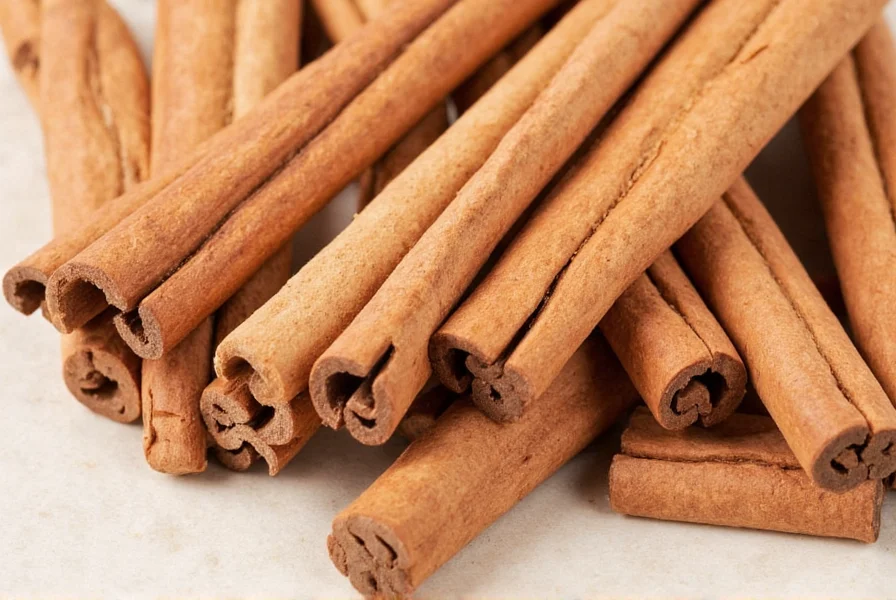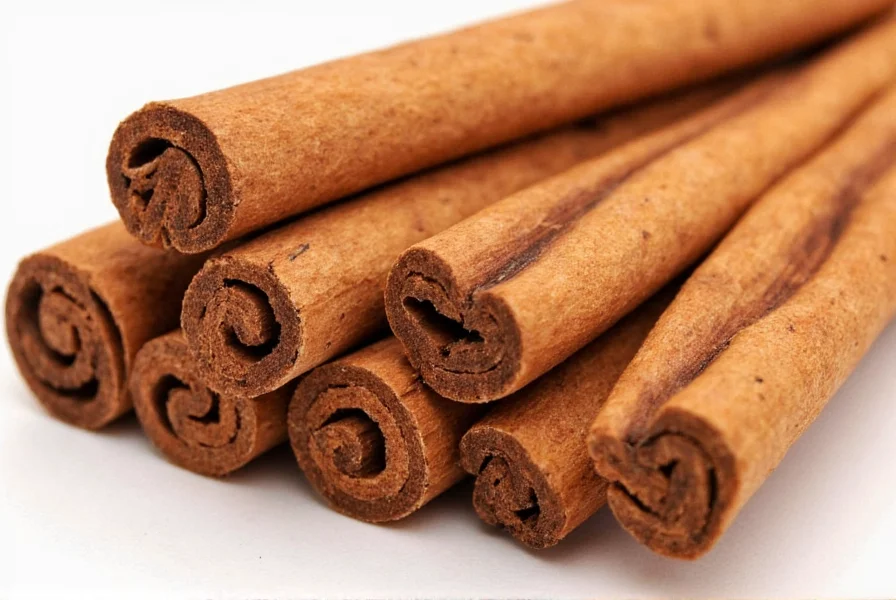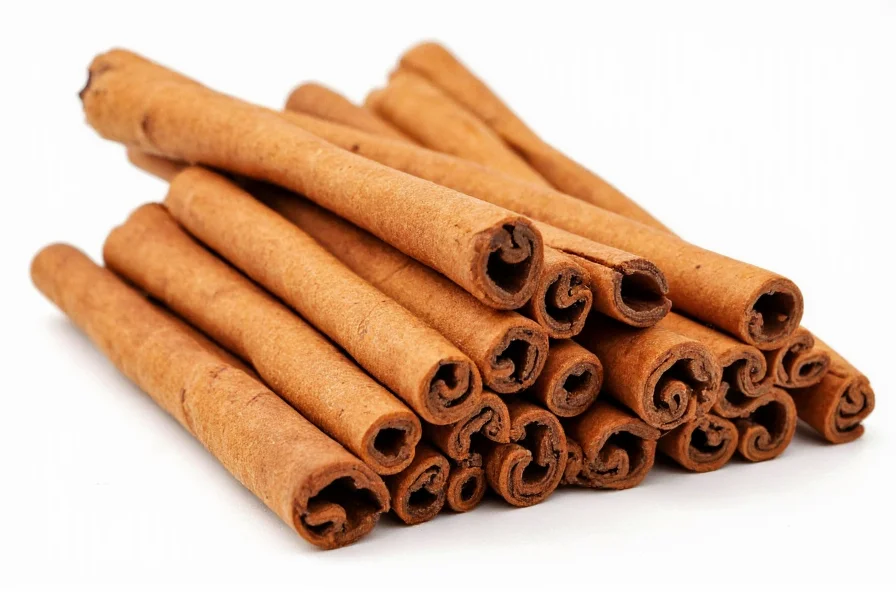When purchasing bulk cinnamon sticks, understanding the differences between available varieties and proper storage techniques ensures you maximize both flavor and value. Unlike ground cinnamon, whole sticks preserve essential oils longer, making bulk purchases practical for frequent users while maintaining superior taste profile over extended periods.
Understanding Cinnamon Stick Varieties for Bulk Purchase
The two primary types available in bulk quantities are Ceylon (Cinnamomum verum) and Cassia (Cinnamomum cassia). Ceylon, often called "true cinnamon," features multiple thin layers with a delicate, citrusy flavor ideal for subtle applications. Cassia, the more common variety in North America, has a single thick layer with a stronger, spicier profile perfect for baking and robust recipes.
For bulk cinnamon sticks for cooking, consider your primary usage:
| Variety | Flavor Profile | Best Uses | Shelf Life (Bulk) |
|---|---|---|---|
| Ceylon | Delicate, citrusy, sweet | Desserts, beverages, delicate sauces | 18-24 months |
| Cassia | Strong, spicy, robust | Baking, stews, spice blends | 12-18 months |
Quality Indicators for Bulk Cinnamon Sticks
When evaluating quality indicators for bulk cinnamon sticks, examine these characteristics:
- Color: Premium sticks display consistent reddish-brown hue without dark spots
- Texture: Should feel dry but not brittle; quality sticks snap cleanly when bent
- Aroma: Fresh sticks emit strong, sweet fragrance when scratched
- Thickness: Multiple thin layers indicate Ceylon variety; single thick layer suggests Cassia
- Moisture content: Properly dried sticks shouldn't feel damp or show mold
Avoid bulk purchases with inconsistent sizing, excessive dust at container bottom, or diminished aroma—these indicate age or improper storage before purchase.

Optimal Storage Methods for Bulk Quantities
Proper storage determines how long your bulk cinnamon sticks maintain freshness. Follow these guidelines:
- Transfer from original packaging to airtight glass or metal containers
- Store in cool, dark pantry away from heat sources and sunlight
- Maintain consistent temperature (fluctuations accelerate flavor loss)
- Keep away from strong-smelling foods that could affect flavor
- Consider dividing large quantities into smaller containers to minimize air exposure
Unlike ground cinnamon which loses potency within 6 months, properly stored bulk cinnamon sticks for baking retain optimal flavor for 1-2 years. Test freshness by scratching the surface—a vibrant aroma indicates retained quality.
Practical Applications for Bulk Cinnamon Sticks
Beyond simple spice replacement, bulk cinnamon sticks offer versatile culinary applications:
- Infusions: Steep in hot liquids for even flavor distribution in beverages, syrups, or poaching liquids
- Garnishing: Whole sticks enhance presentation of drinks and desserts
- Homemade extracts: Create custom cinnamon extract by steeping sticks in alcohol
- DIY projects: Craft potpourri, scented candles, or natural air fresheners
- Cooking tool: Use as a natural stirrer for hot beverages to release flavor gradually
For cost per ounce of bulk cinnamon sticks, purchasing in larger quantities typically offers better value—especially for commercial kitchens or frequent users—though the initial investment requires proper storage infrastructure to prevent waste.

Determining If Bulk Purchase Makes Sense For You
Consider these factors before committing to where to buy bulk cinnamon sticks:
- Usage frequency: Ideal for weekly cooking/baking with cinnamon
- Storage capability: Requires dedicated airtight containers in climate-controlled space
- Recipe requirements: Certain traditional recipes specifically call for whole sticks
- Economic calculation: Calculate cost per use to determine actual savings
- Quality consistency: Bulk purchases from reputable suppliers ensure uniform flavor profile
Home users consuming less than one ounce monthly may find smaller packages more practical, while commercial kitchens using cinnamon daily will benefit significantly from bulk purchasing when combined with proper rotation practices.
Avoiding Common Bulk Cinnamon Mistakes
Many buyers encounter issues with bulk cinnamon sticks for cooking due to preventable errors:
- Buying without verifying origin: Ceylon typically comes from Sri Lanka while Cassia originates in China
- Storing in transparent containers: Light exposure degrades flavor compounds rapidly
- Keeping near stove or oven: Heat accelerates essential oil evaporation
- Not labeling purchase dates: Makes rotation difficult, leading to wasted product
- Grinding sticks unnecessarily: Whole sticks maintain quality longer; grind only what you'll use soon
When evaluating best cinnamon sticks for baking in bulk, prioritize suppliers who provide harvest dates and storage recommendations rather than focusing solely on price per pound.
How long do bulk cinnamon sticks last compared to ground cinnamon?
Bulk cinnamon sticks maintain optimal flavor for 1-2 years when stored properly in airtight containers away from light and heat. Ground cinnamon loses potency significantly faster, typically within 6 months, due to greater surface area exposure to air and moisture.
What's the difference between Ceylon and Cassia cinnamon sticks for bulk purchase?
Ceylon cinnamon features multiple thin layers with a delicate, citrusy flavor ideal for subtle applications and has lower coumarin content. Cassia has a single thick layer with stronger, spicier flavor preferred for baking. Ceylon typically costs more but offers milder flavor and better safety profile for regular consumption.
How should I store bulk cinnamon sticks to maintain freshness?
Transfer bulk cinnamon sticks to airtight glass or metal containers immediately after purchase. Store in a cool, dark pantry away from heat sources and direct sunlight. Maintain consistent temperature, keep away from strong-smelling foods, and consider dividing large quantities into smaller containers to minimize air exposure when accessing the spice.
Are bulk cinnamon sticks more cost-effective than smaller packages?
Bulk cinnamon sticks typically offer better value per ounce for frequent users, but only when properly stored to prevent waste. Calculate your actual usage rate—home users consuming less than one ounce monthly may not benefit, while commercial kitchens using cinnamon daily will see significant savings when combined with proper rotation practices and storage.











 浙公网安备
33010002000092号
浙公网安备
33010002000092号 浙B2-20120091-4
浙B2-20120091-4